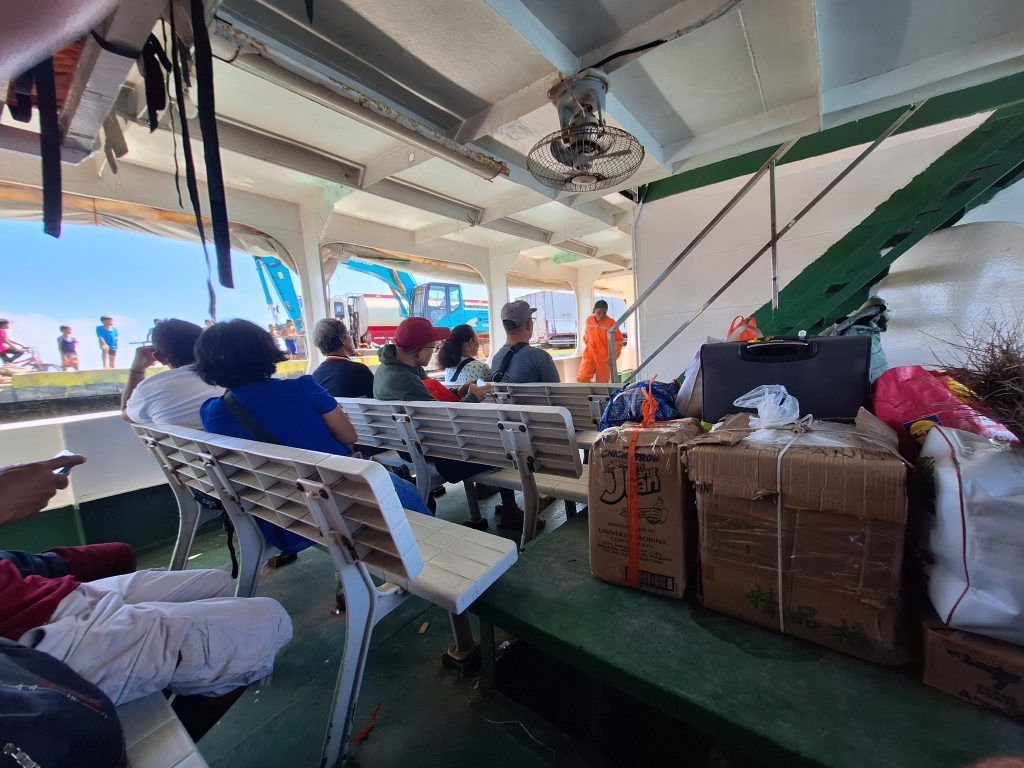Ticao Island is best known for the Manta Bowl dive site in the nearby Ticao Pass. In 2019 the Large Marine Vertabrates Research Institute initiated study where they identified over 260 invidual manta rays by installing a series of underwater cameras around Manta Bowl https://www.lamave.org/our-programs/rays. Here’s a description by one researcher on the project: https://owussaustralasia.org/manta-bowl/
Unfortunately, in my 10 dives at Manta Bowl I only saw one manta ray. I also saw a whale shark and a really nice school of jackfish. The biggest challenge was the visibility wasn’t that great on most of the dives and these animals could have easily been passing near us without us knowing it. But that’s just the way it is when you’re searching for creatures in the wild. They go on their own schedule, not yours.
However, I did see an amazing array of nudibranches and some beautiful healthy coral at the nearby reefs.
That one manta ray coming out of the murky water like a large, gliding ghost and then quickly turning back and disappearing.
Not quite the same as seeing the crystal clear whale sharks in Leyte the previous week, but still a nice site to see, at least for a few seconds.
The large school of jackfish passing by us in the opaque waters.
We would spend 25-30 minutes at around 22 meters deep (70 feet) hooked into our reef hooks in the strong currents waiting for something to come by. While we didn’t see much on our dives, hanging out as the current tossed you about was kind of fun in it’s own right.
We saw numerous fish balls on our reef dives; this was the most distinct one.
There were some beautiful, colorful hard and soft corals throughout our reef dives. These coral were healthy and abundant and, with the spread of global coral bleaching, not something to be taken for granted.
Ticao may not have given us many manta rays, but it did provide a rich range of distinct nudibranches. These animals are a group of marine mulloscs that shed their shells after their larval stage. There are over 3,000 identified species of nudibranches, with more being discovered all the time. They occur in salt waters throughout the globe, from tropical waters like the Philippines to the Southern Ocean around Antarctica.
These were some of the largest nudibranches I had seen. While my GoPro was definitely not the best camera to capture these creatures, you can still get a sense of their diversity.
I discovered this one on one of the Manta Bowl dives. It actually jumped off the larger rock when I put my reef hook in and landed on the smaller rock. I had never seen a nudibranch move that fast before.
There are two in this video; one that looked relatively normal (or as normal as a nudibranch can look) and another that looked like a small ball of spaghetti.
The second one in this video was huge by nudibranch standards.
Landing at the Daraga airport, just outside the city of Legazpi, you get an incredible view of of the 2,463 meter high (8,081 feet) Mount Mayon, which is the most active volcano in the Philippines.
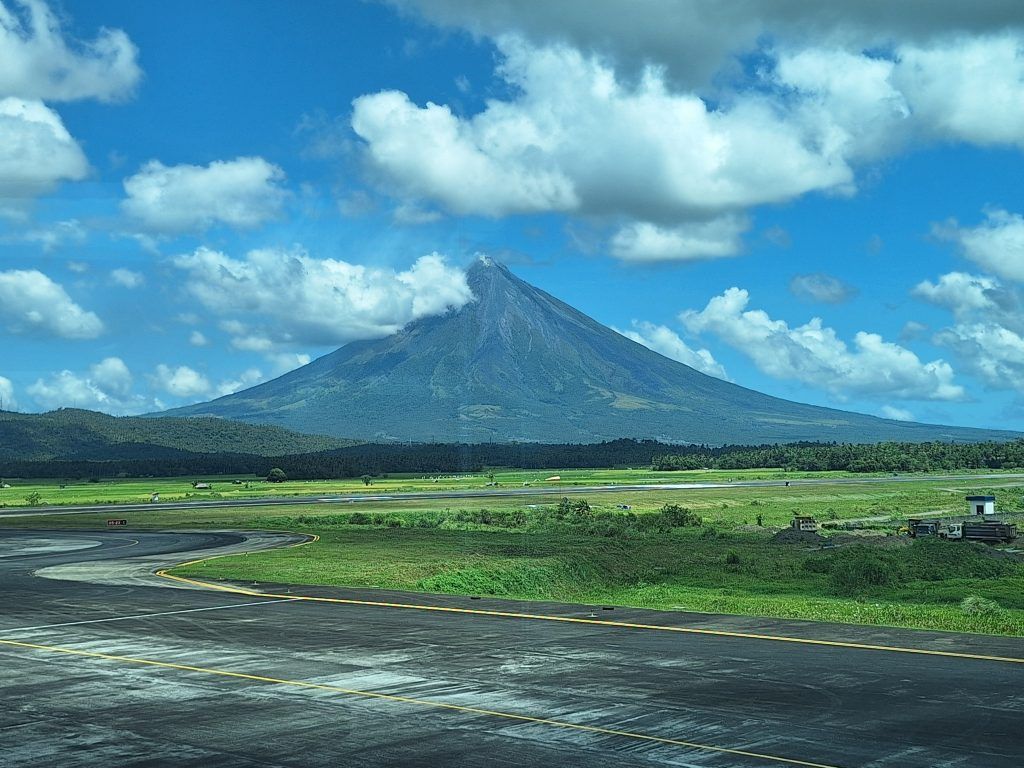
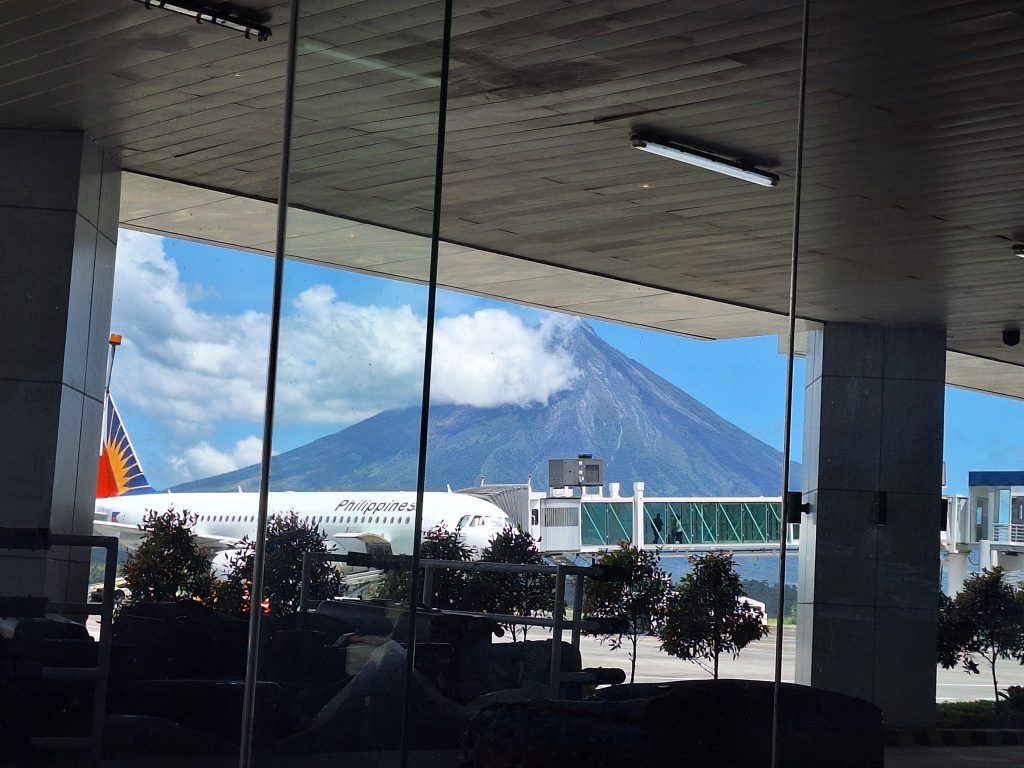
I stayed at the Ticoa Island Dive Resort. It was in a beautiful beach front setting.
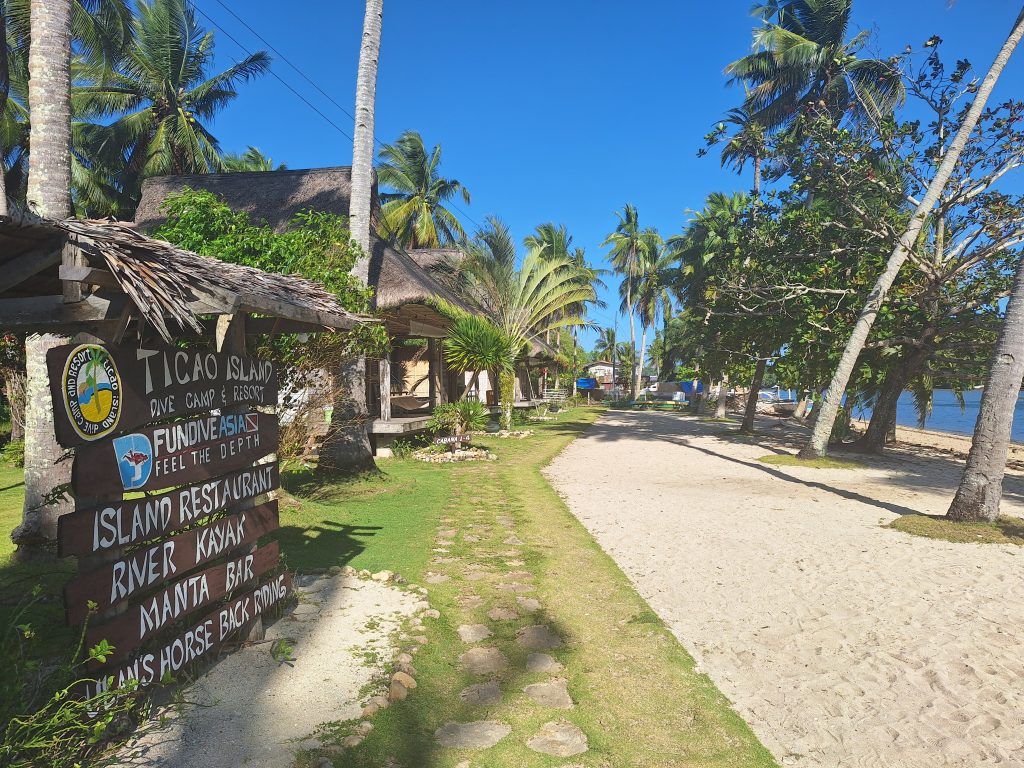
A view of my cabin.
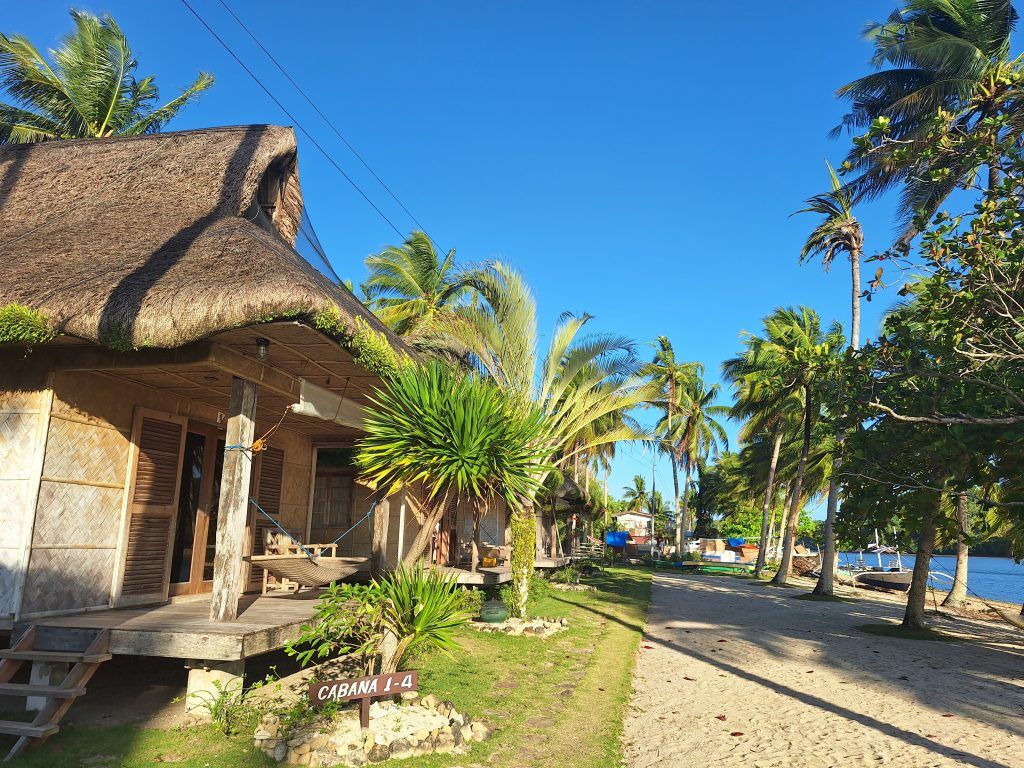
The view from my porch.
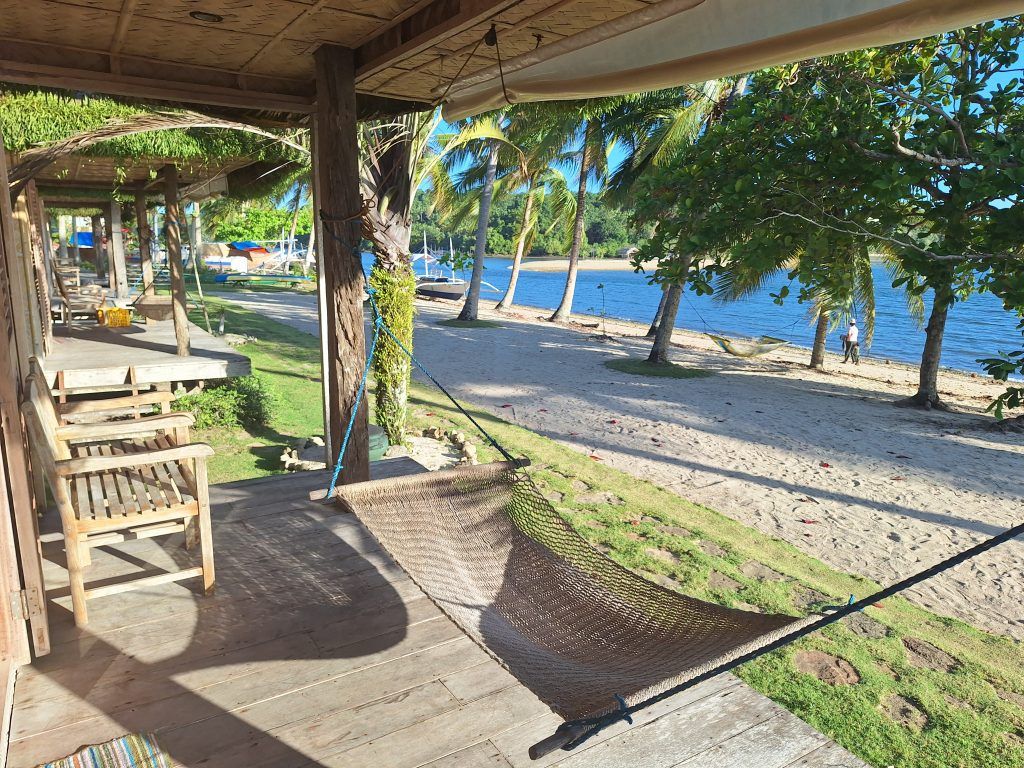
I had a large, simple room.
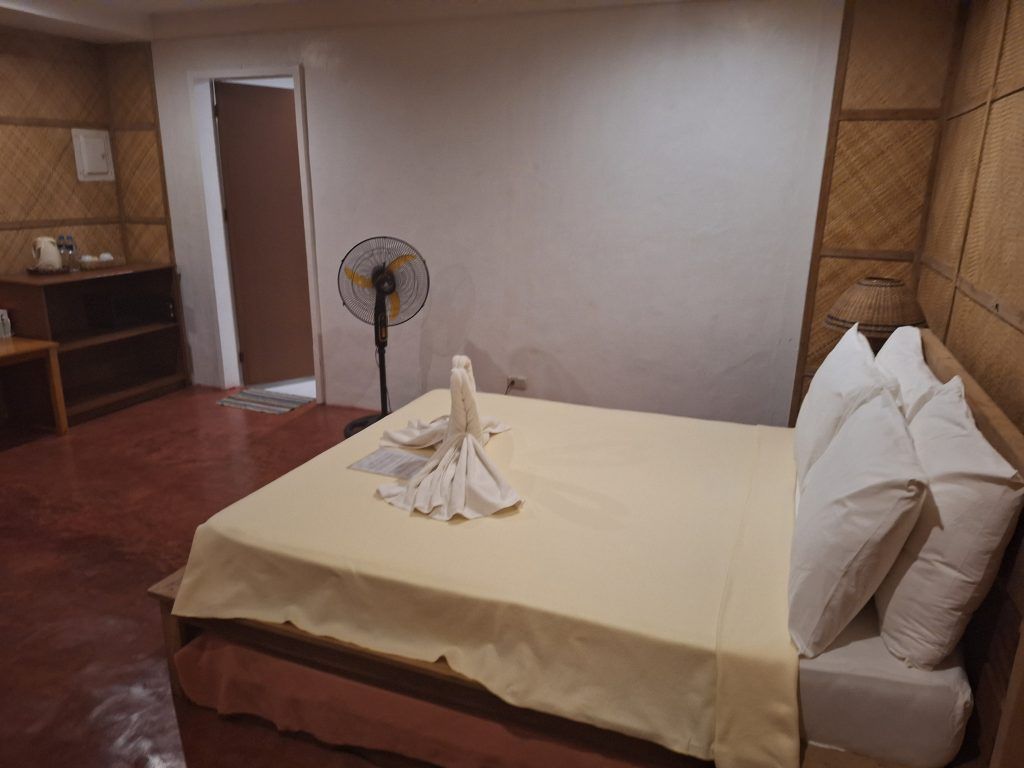
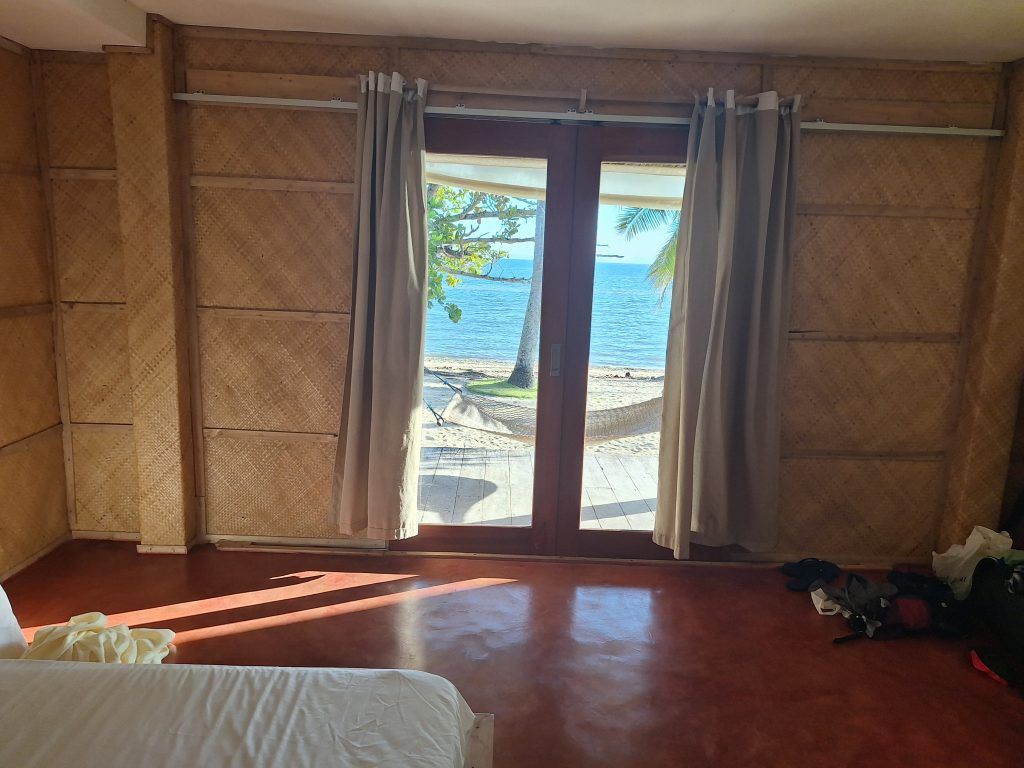
Our dining area.
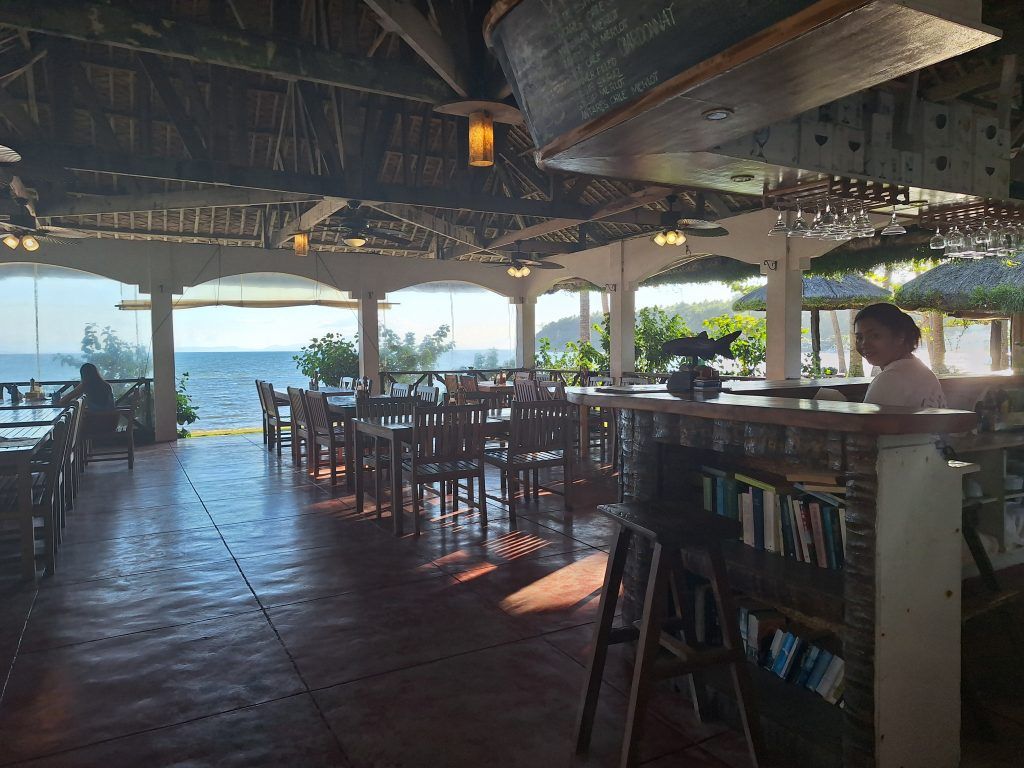
The dive shop and the primary outrigger style boat we used for diving.
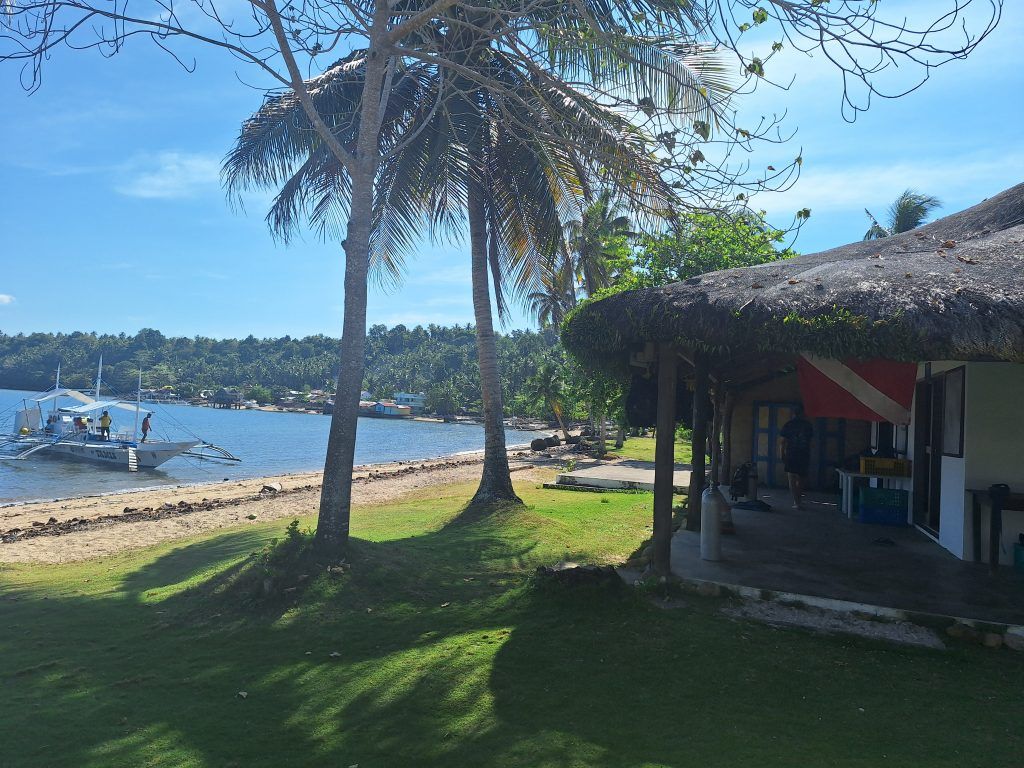
The view of the resort as we came in from our dives.
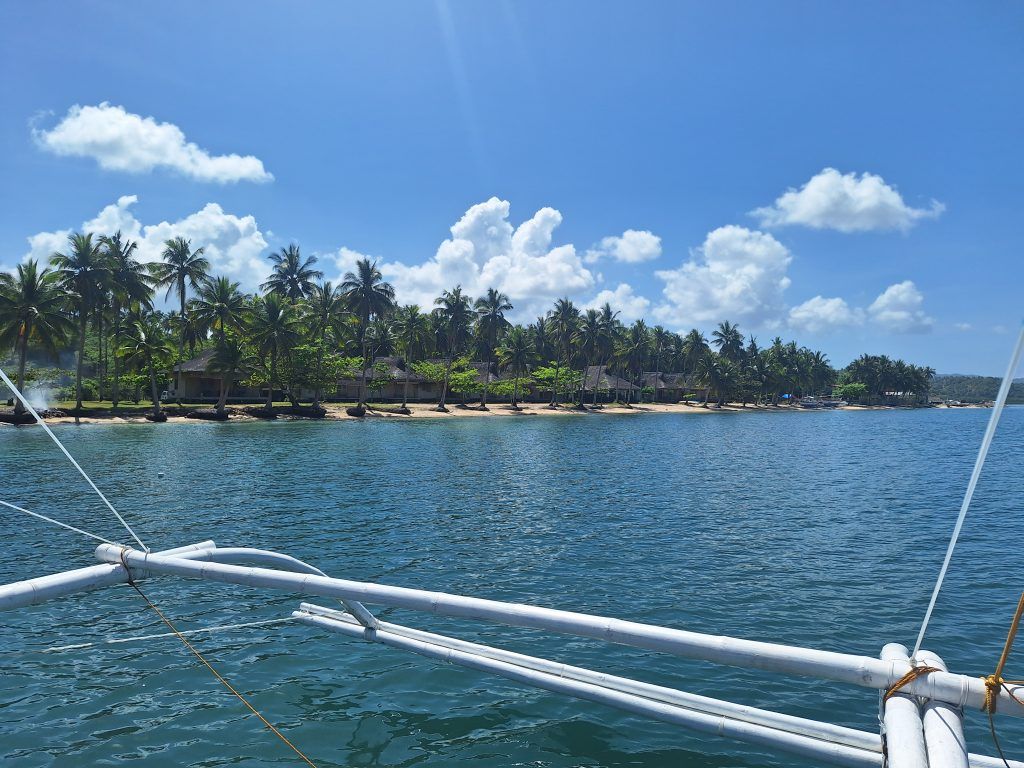
The simple ferry I took to leave Ticao Island and head back to Legazpi for my early morning flight to Cebu (and then a bus to Moalboal) early the next morning.
